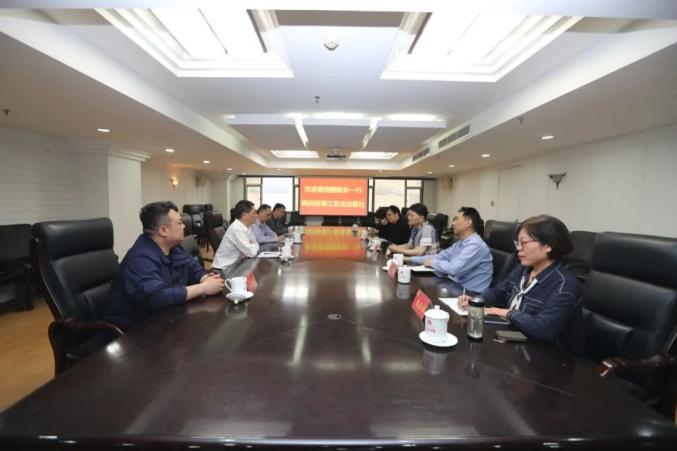The First Thematic Documentary Photography Collection To Systematically Present The Guizhou Section Of The Ancient Tea Horse Road, "The Ancient Tea Horse Road" Is Published
The First Thematic Documentary Photography Collection To Systematically Present The Guizhou Section Of The Ancient Tea Horse Road, "The Ancient Tea Horse Road" Is Published
22 years, 380 pictures, 100,000 words of dictation: He took photos of the disappearing Tea Horse Road and turned it into a historical archive. Are you willing to protect this memory? An afternoon in Guiyang
22 years, 380 pictures, 100,000 words of dictation: He took photos of the disappearing Tea Horse Road and turned it into a historical archive. Are you willing to protect this memory?

One afternoon in Guiyang, Chen Zhijun’s new book launch conference told us a very simple and very heavy fact: some roads are being gently taken away by history. Chen Zhijun spent 22 years walking countless times along the high mountains and ridges of Guizhou, recording the ancient post roads, ancient posts, ancient villages, and ancient bridges on the Guizhou section of the Ancient Tea Horse Road with more than 380 images and hundreds of thousands of words of oral historical materials. This is not just a collection of photos, but more like a belated genealogy, a panoramic record of forgotten transactions and life.
To put it bluntly, these stone roads, inns and bridges are not just ruins. They carry the footsteps of generations, the exchange of goods, and the collision of languages and customs. My friend Xiao Li once worked as a tour guide in a remote ancient village. He said something to me: what outsiders see as "old" is daily life for the elderly in the village, and is a fragment of their young memories. Chen Zhijun's images make me feel that the fragments are being put together one by one, gradually gaining outline and warmth.

At the same time, there are also practical contradictions. With the extension of highways and modern logistics networks, the practical value of the Tea-Horse Road has been replaced. Many sections of the road have been covered with weeds. Villages have experienced an exodus of people, and cultural memories have become fragile. Furthermore, commercialized "cultural tourism" is not a panacea: some places use ancient roads to attract tourists and become lively in the short term, but many of the original ecology are transformed, and the real stories are packaged as performances. In the end, the benefits are grabbed by external capital, and the villagers cannot feel the continuous benefits. In recent years, I have seen two completely different endings: one village has kept its income in the community through villagers' spontaneous handicraft workshops and reasonable reception, and its culture has been continued; the other has become a photo spot, and its original life has been consumerized beyond recognition.
So the question is, how to make the ancient road come alive without letting it be "lived" into a model house? First of all, such images and oral historical materials can be systematically digitized, not only made into public archives, but also used as teaching materials for school and community education, so that young people can see the real past, not just commercial labels. Secondly, the community should be placed at the core, and villagers should be allowed to participate in protection and management. A transparent mechanism should be established from project establishment, content design to income distribution to avoid being handled by external capital. Furthermore, attention should be paid to micro-repair and ecological protection, and the original roads, stone bridges and agricultural landscape should be retained instead of over-whitewashing. Finally, it can be extended with the help of modern technology. Through VR restoration, online exhibitions and oral databases, intangible memories and visual images can be combined, which not only serves academic research, but also allows a wider range of people to participate in guardianship online.

This is not a problem that can be solved with a slogan, but image archives are one of the most powerful starting points. Chen Zhijun spent 22 years turning the images into archives. Such patience itself is a demonstration of cultural responsibility. I think that for us in the city, this kind of works not only have aesthetic value, but should also trigger actions: first, pay attention and forward them, second, support local small-scale conservation projects or public welfare crowdfunding, and third, bring these stories into children’s classrooms and community lectures, so that memories have the opportunity to be passed on.
The future trend may be more interesting: when technology makes reproduction cheap, what is truly scarce is "original memory." Stories told by local people, craftsmanship and life details passed down from generation to generation will become more convincing cultural assets than virtual presentations. The value of the Ancient Tea Horse Road lies not only in how many goods it has transported, but also in how many people’s lives and imaginations it has connected. If this photo album can be read by young people, it may plant a seed of responsibility in their hearts.

As I write these words, I feel both anxious and hopeful. The anxiety is because large-scale cultural chains like the Tea Horse Road may be forgotten in the gaps of the development process at any time; the hope is that images and oral narratives can bring these memories back into the public eye and turn them into public assets that can be discussed and protected. To be honest, what I would rather see is a progressive, people-centered conservation path, rather than simple commercial development or complete sequestration.
Is there an old road around you that is being forgotten, a small town that is about to disappear, or a daily object that the old people talk about? Tell your story or share what you think will really help these memories be preserved.






